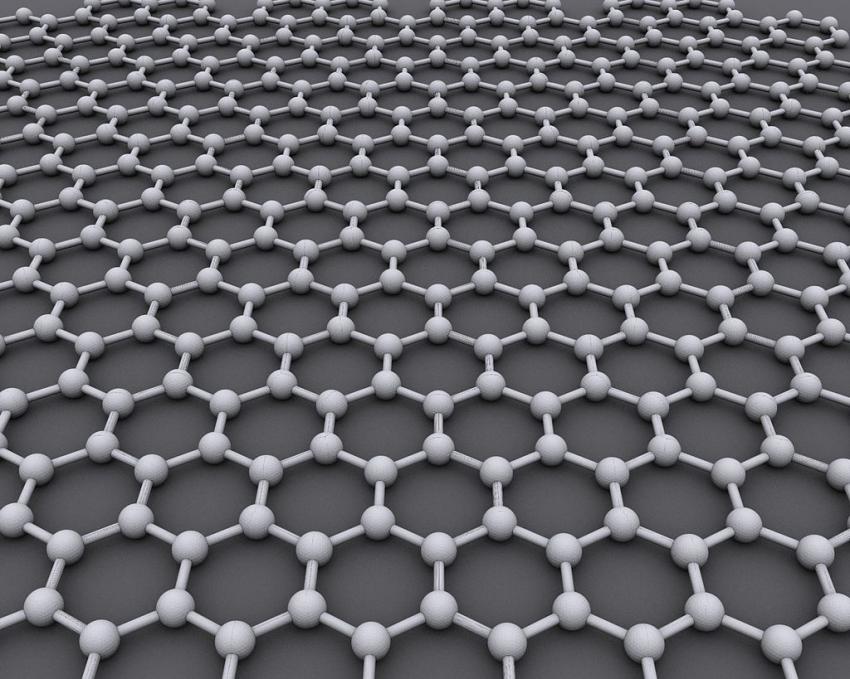- Biden's final UN speech seeks hope amid grim wars in the Middle East, Ukraine, Sudan
- 'Stop ripping us off': Novo Nordisk CEO faces Senate grilling over weight loss drug prices
- China launches probe into Calvin Klein parent over Xinjiang supply chain ‘disruptions’
- Commerzbank board member warns of significant job losses with a hostile UniCredit takeover
- Fed Governor Bowman explains dissent on rate vote, says she's worried about inflation
What do you believe is the single most important factor driving up the cost of living in Nigeria?

Mechanism behind autophagy trigger unveiled
An international research team led by Osaka University has identified a new mechanism crucial for the initiation of autophagy, a self-degradation process cells use to eliminate unneeded or damaged components. In recent years, autophagy has also been recognized for its roles in aging and lifespan regulation.
During autophagy, intracellular molecules and structures are sequestered within a membrane-bound structure known as an autophagosome, which is subsequently degraded in lysosomes. It is well-established that the formation of autophagosomes involves the coordinated action of multiple autophagy-related proteins.
Previously, the research group revealed that autophagosome formation takes place on the endoplasmic reticulum membrane in close proximity to mitochondria within cells. They also discovered that the PI3K complex, an autophagy-related protein, is essential for this formation process. The activity of the PI3K complex is controlled by the ULK1 complex.
The ULK1 complex is known to translocate from the cytoplasm to the endoplasmic reticulum membrane, where autophagosomes are formed at the onset of autophagy. However, the underlying mechanism and significance of this process were not fully understood until now.



- September 24, 2024
Lasers provide boon for manufacturing of ceremonial Thai umbrellas


- September 24, 2024
Understanding Antarctica's contribution to sea level rise

- September 24, 2024
Airtel plans infrastructure expansion for digital identity






- September 24, 2024
Archaeologists use AI to find hundreds of geoglyphs in Peru's Nazca Desert
Subscribe to our mailing list to get the new updates!

Subscribe our newsletter to stay updated
Thank you for subscribing!


